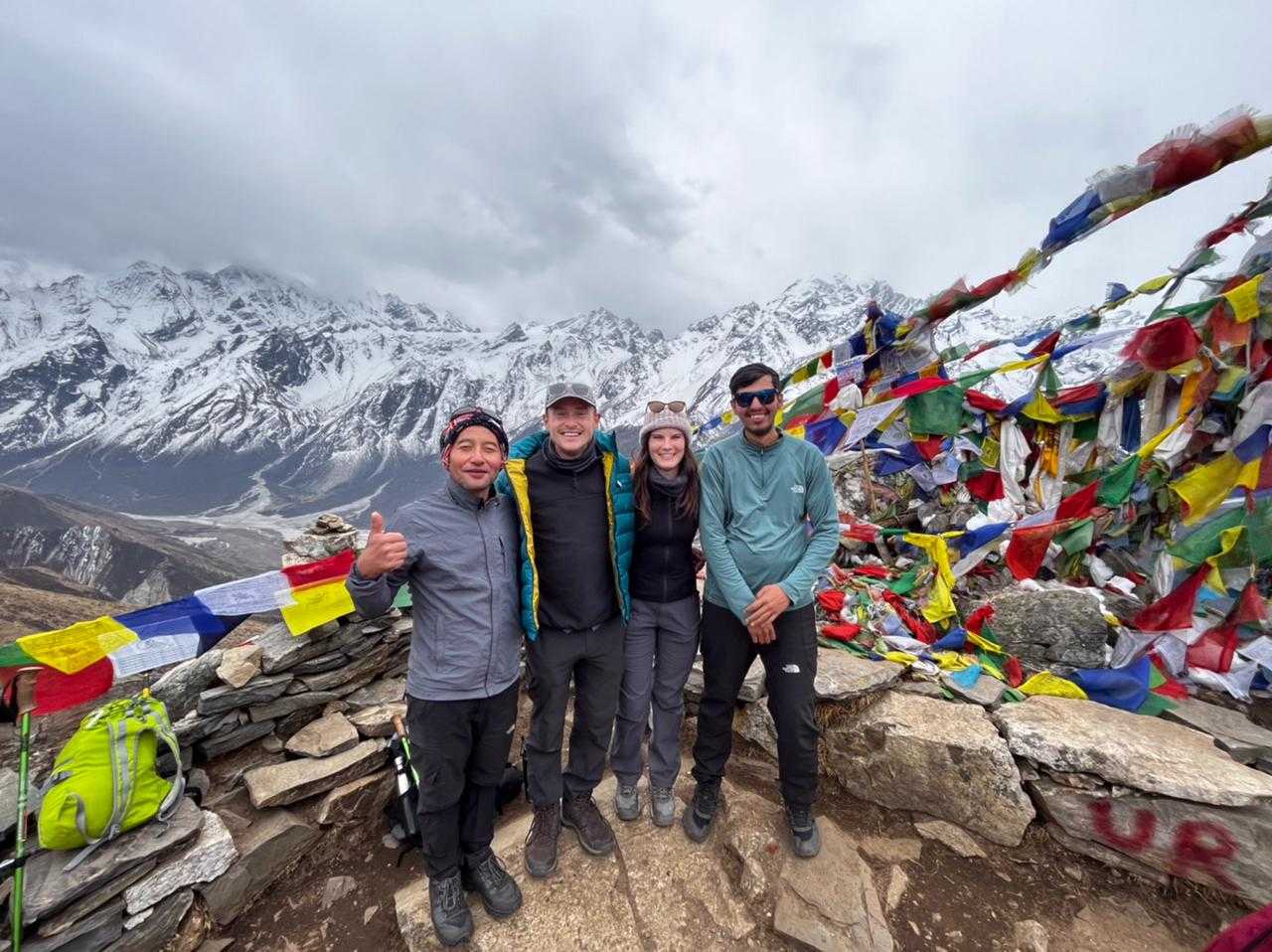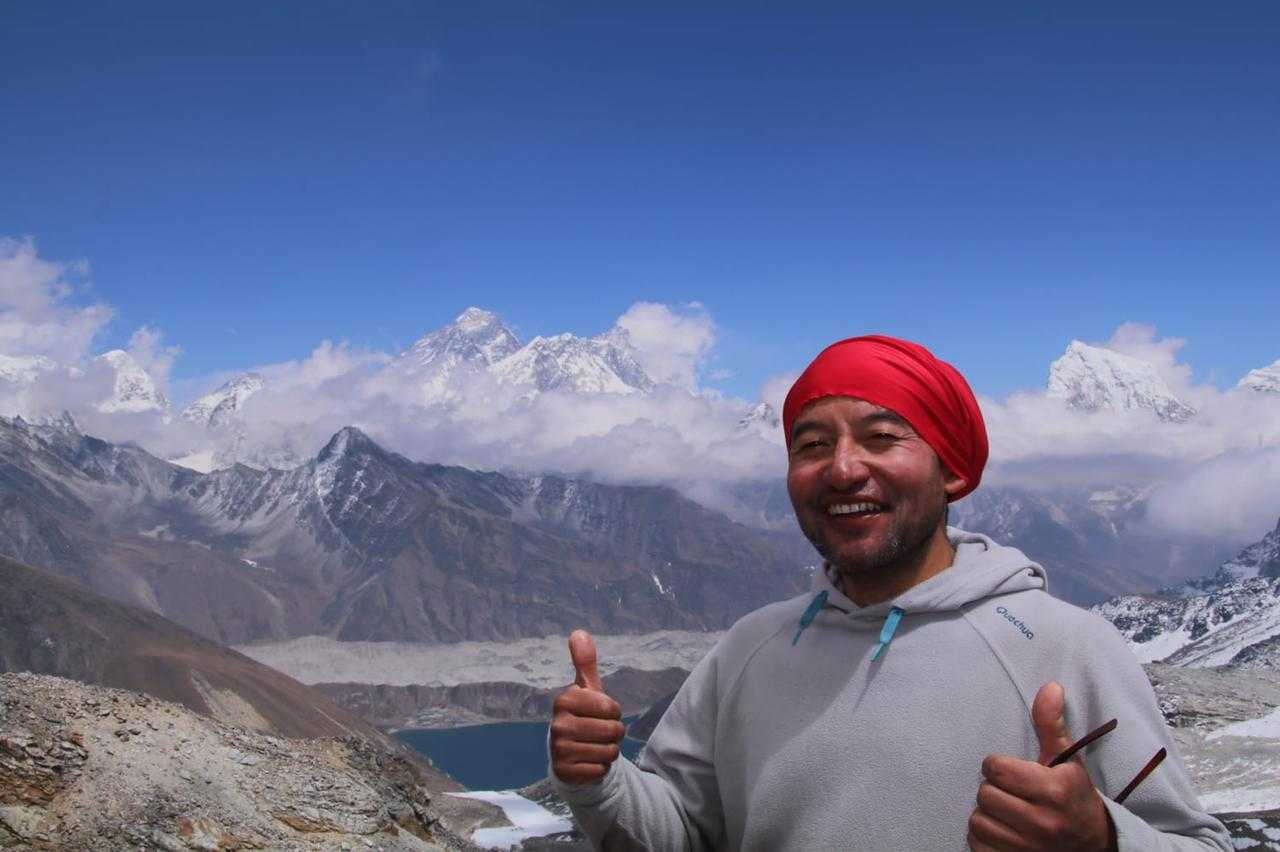Welcome to trekking guide nepal Share
Trekking Guide to Nepal
Nepal, home to the majestic Himalayas and eight of the world's fourteen highest peaks, is a trekker's paradise. Here's a comprehensive guide to help you plan and enjoy a memorable trekking experience in Nepal.
Top Trekking Regions
Everest Region
- Everest Base Camp Trek: One of the most popular treks, leading to the base camp of the world's highest peak.
- Gokyo Lakes Trek: Known for its stunning turquoise lakes and views of Everest and other high peaks.
- Three Passes Trek: A challenging trek crossing three high passes with spectacular scenery.
Annapurna Region
- Annapurna Circuit: A diverse trek that circles the Annapurna massif, offering varied landscapes and cultures.
- Annapurna Base Camp (ABC): A shorter trek leading to the base camp with breathtaking mountain views.
- Poon Hill Trek: A relatively easy trek offering panoramic sunrise views over the Himalayas.
Langtang Region
- Langtang Valley Trek: Known for its rich Tamang culture and stunning views of the Langtang range.
- Gosaikunda Trek: A trek to the sacred Gosaikunda Lake, combined with views of the Langtang Himalayas.
- Helambu Trek: A shorter trek through lush forests, beautiful villages, and monasteries.
Manaslu Region
- Manaslu Circuit: A remote and less crowded trek offering a glimpse of traditional Nepalese and Tibetan cultures.
- Tsum Valley: A culturally rich area known for its Tibetan Buddhist heritage.
Other Notable Treks
- Makalu Base Camp Trek: A challenging trek to the base of the fifth highest peak.
- Kangchenjunga Trek: An adventurous trek in the far east of Nepal to the base of the third highest mountain.
- Upper Mustang Trek: A unique trek in the rain shadow of the Himalayas, known for its arid landscapes and Tibetan culture.
Best Time to Trek
- Autumn (September to November): The most popular time with clear skies, stable weather, and excellent visibility.
- Spring (March to May): Another great season with warmer temperatures, blooming rhododendrons, and clear views.
- Winter (December to February): Colder temperatures and snow at higher elevations, but fewer crowds and clear skies at lower altitudes.
- Monsoon (June to August): Heavy rain, leeches, and limited visibility, but some regions like Upper Mustang and Dolpo are in the rain shadow and suitable for trekking.
Trekking Permits and Regulations
- TIMS (Trekkers’ Information Management System) Card: Required for most trekking areas.
- Annapurna Conservation Area Permit (ACAP): Needed for treks in the Annapurna region.
- Sagarmatha National Park Permit: Required for treks in the Everest region.
- Restricted Area Permits: Special permits needed for regions like Upper Mustang, Manaslu, and Tsum Valley.
Preparation and Gear
- Fitness Level: Varies by trek; some require high levels of fitness and acclimatization to altitude.
- Gear: Essentials include good trekking boots, appropriate clothing for varying temperatures, a sleeping bag, trekking poles, and a backpack. Renting gear in Kathmandu or Pokhara is an option.
- Guides and Porters: Hiring guides and porters can enhance your trekking experience by providing local knowledge and reducing your load.
Safety Tips
- Altitude Sickness: Acclimatize properly, ascend slowly, stay hydrated, and be aware of symptoms.
- Insurance: Ensure you have travel insurance that covers high-altitude trekking and emergency evacuation.
- Stay Informed: Check weather forecasts, trail conditions, and local advisories.
Cultural Etiquette
- Respect Local Customs: Be mindful of local traditions, dress modestly, and ask for permission before taking photos.
- Environment: Practice Leave No Trace principles to protect the natural beauty of the Himalayas.
Sample Itinerary: Everest Base Camp Trek
Day 1: Fly to Lukla and trek to Phakding
Day 2: Trek to Namche Bazaar
Day 3: Acclimatization day in Namche Bazaar
Day 4: Trek to Tengboche
Day 5: Trek to Dingboche
Day 6: Acclimatization day in Dingboche
Day 7: Trek to Lobuche
Day 8: Trek to Gorak Shep and visit Everest Base Camp
Day 9: Climb Kala Patthar and trek to Pheriche
Day 10: Trek to Namche Bazaar
Day 11: Trek to Lukla
Day 12: Fly back to Kathmandu
Conclusion
Trekking in Nepal offers unparalleled adventure and cultural experiences. Whether you're aiming for the Everest Base Camp, exploring the Annapurna region, or venturing into less-trodden paths like Manaslu, proper planning and preparation are key to a safe and enjoyable trek.




